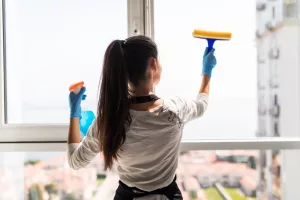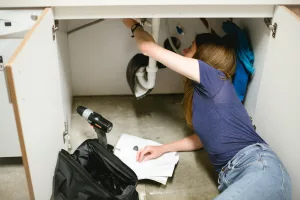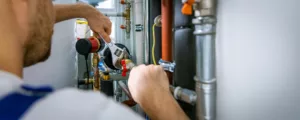Carpet Restoration After A Flood: 5 Steps For Success
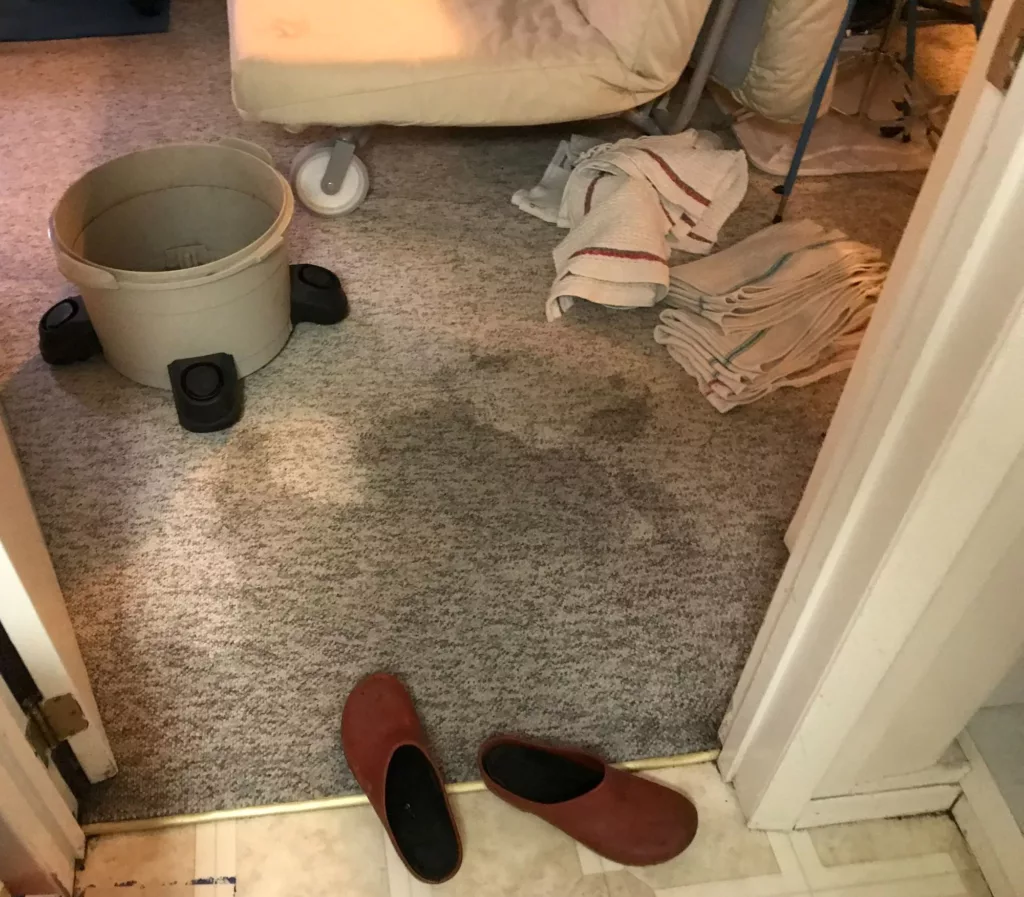
For many people, flooding is a serious concern due to its potential to cause significant damage to their homes. One of its major consequences is soaked carpets.
Restoring your carpet to its former condition is crucial. It’s not only for the aesthetic aspect but also for ensuring a safe and healthy environment for your household. When the carpet ends up waterlogged, it can lead to issues such as mold growth and unpleasant odors. Being unable to deal with these issues promptly can result in costly replacements or even risk your family’s health.
Here are some insightful tips to safely restore your carpet:
-
Determine The Type Of Flood And Damage
When flooding occurs, timely action is crucial. However, make it a priority to assess the situation first carefully. The initial task is determining if the flood water that soaked the carpet came from rainwater or a contaminated source.
Generally, three types of water can flood your home:
- Clean water comes from rain or a broken pipe that’s not connected to any appliances or has contaminants
- Gray water contains cleaning chemicals or other potential contaminants from washing machines and dishwashers
- Blackwater comes from toilet backflows, sewage, or nearby water sources after severe weather.
If the flooding is gray or blackwater, it’s best to dispose of your old carpet since it’s likely to be contaminated and poses a health risk for your household. In such instances, it may be best to contact a water damage restoration professional that can assist with your specific need.
-
Start The Drying Process
If it’s possible to dry and clean your carpet, timely action is crucial. The longer you allow the carpet to soak, the more likely mold and mildew to form, along with irreversible damage to your flooring.
Consider using a combination of a wet/dry shop vacuum while applying pressure using dry towels on hard-to-reach spots and corners. When using a shop vac, go as slowly as possible. It’s an ideal approach to eliminating water. Once an area is slightly moist or dry, switch on the fans and open all windows to allow air to circulate to hasten the drying process further.
When using a shop vac, draw out large amounts of water and chip away at every soaked area. Avoid moving back and forth over the area since it’ll only take hours longer to dry out.
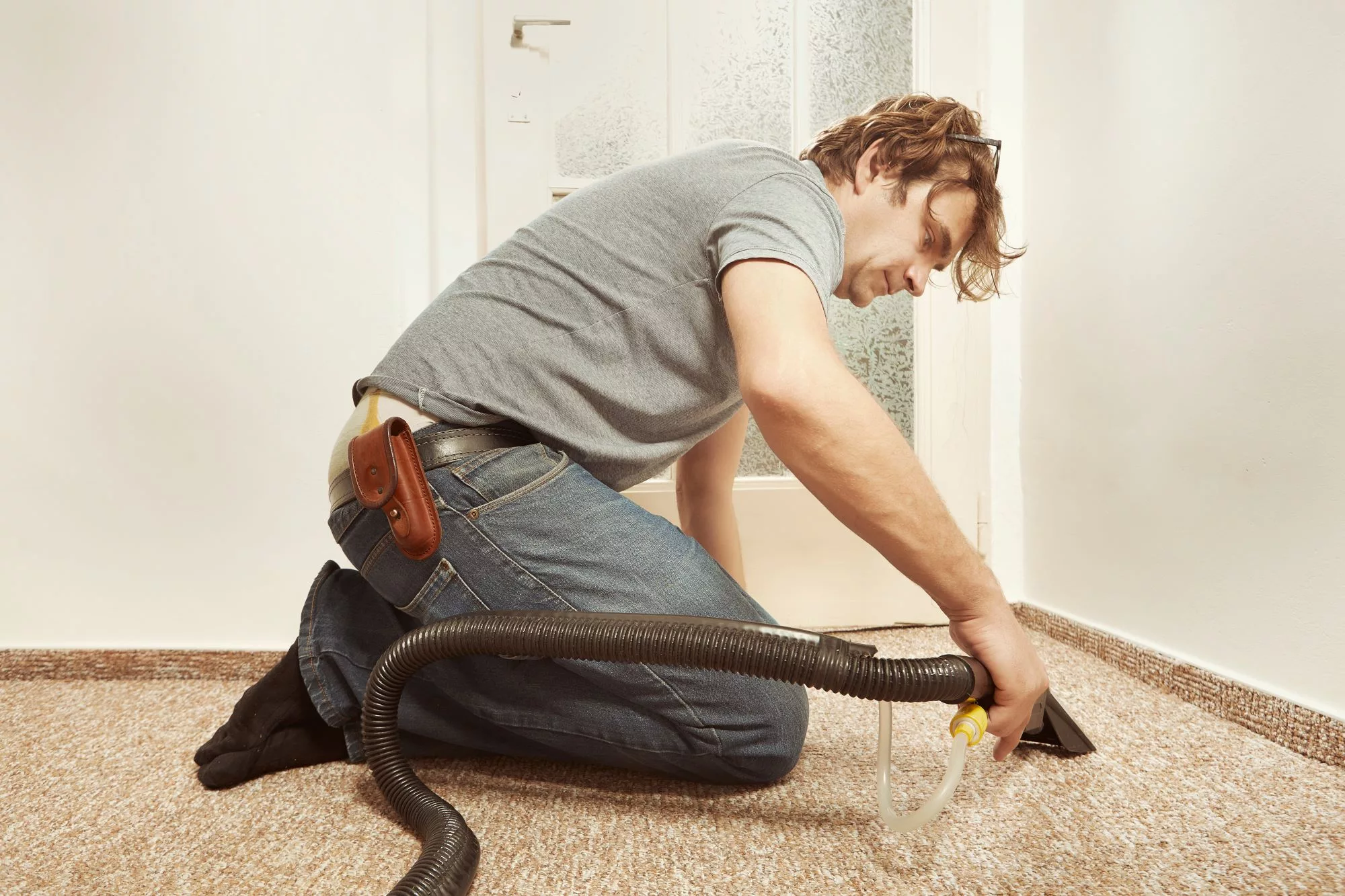
-
Pay Close Attention To The Carpet Pad
For a carpet with padding below, it’s crucial to remove it. The ideal time to do so is once you can eliminate the flooding. Overlooking this task will only put all the cleaning and drying to waste as mold and bacteria develop. Sadly, it further damages the carpet and poses a health risk.
The main purpose of the carpet pad is to minimize noise and stress on the floor. However, once it soaks up water, it becomes a suitable breeding ground for mold and mildew. Even if you can dry out the carpet, it won’t matter if the padding below is still moist.
-
Sanitize
Once the carpet dries up fully, the next step involves the application of the right cleaning solution. Doing so will eliminate any lingering contaminants, mold, and mildew. Utilizing an antibacterial carpet solution that you can readily find in home improvement stores is best.
Bleach may also be an option. Ideally, a 5% dilution is strong enough to eliminate microorganisms without color changes. However, it’s best to proceed cautiously if you use bleach.
-
Use A Dehumidifier
As an additional measure, use a dehumidifier in your home. Allow it to run for a few months. Doing so will help draw out any lingering moisture that could allow mold or mildew to form. Additionally, running a dehumidifier will help boost the overall air quality.
In case you notice a musty odor, it’s an indication of mold. You can deal with this issue by sprinkling baking soda, leaving it in place overnight, and vacuuming the next day.
Final Thoughts
Flooding can be detrimental to your home, and dealing with waterlogged rooms can take time and effort. This is especially true if you have carpeted flooring. But know that it’s not a hopeless case most of the time, and there are things you can do to restore it. For a carpet that’s minimally soaked, the measures discussed above are usually enough to bring your carpet back to its glory. As for extensive flooding, a professional is the right fit for the job. All in all, when you have a soaked carpet, timely action is crucial to restoring it.

